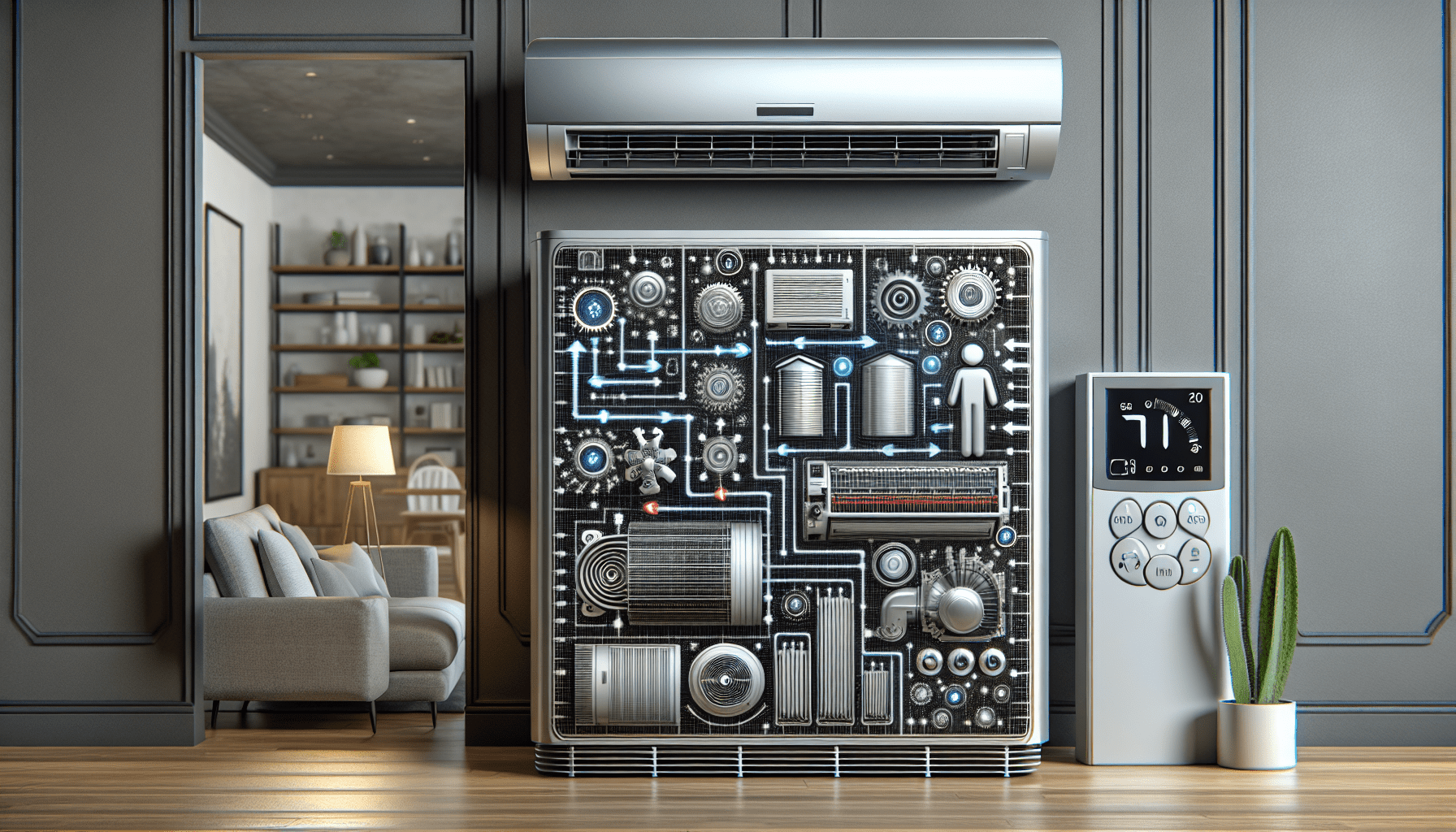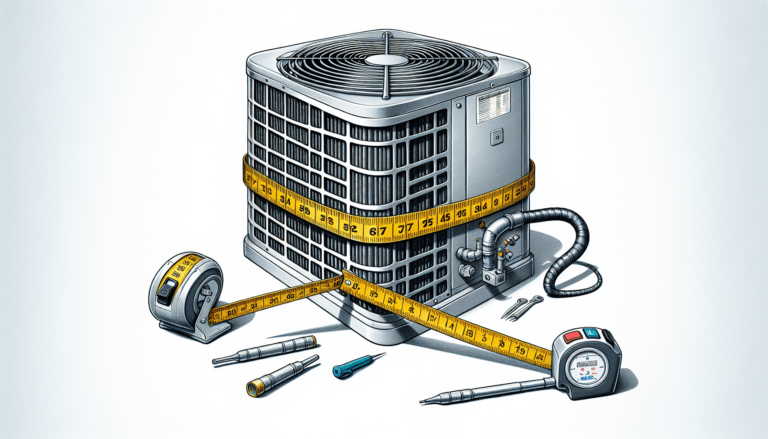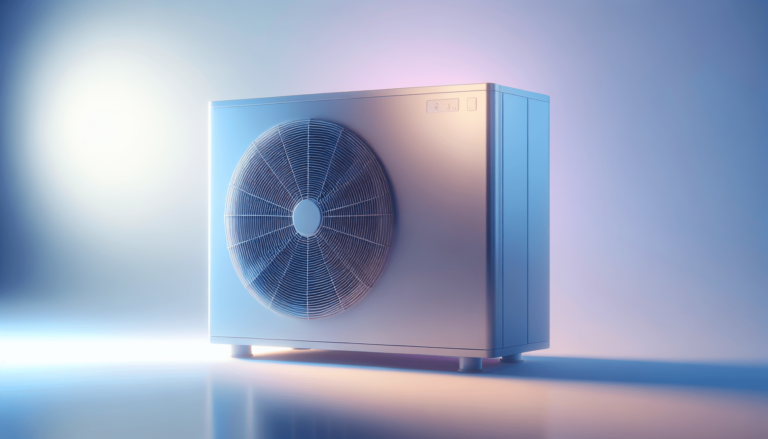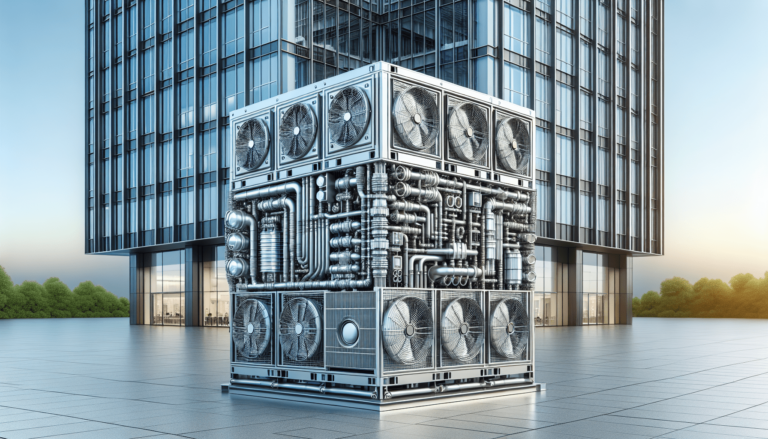

HVAC Services
Get Professional Repairs From The Area's Trusted HVAC Technicians. Ask About Our Services! We Offer Professional Heating & Cooling System Repairs And Guarantee Long-Lasting Results.
Got Question? Call us: (850) 678-2665Financing
Benefits Of Multi-Stage HVAC Systems
Discover the perks of multi-stage HVAC systems! From energy efficiency to optimal comfort, learn how they can save you money and elevate your home's coziness.

Have you ever wondered why your home’s heating or cooling system sometimes struggles to maintain a consistent temperature? You may be familiar with the standard HVAC systems that either blast you with Arctic air or leave you suffocating in a tropical haze, with seemingly no in-between. Well, there’s good news on the horizon for you—meet the multi-stage HVAC systems.

What Is a Multi-Stage HVAC System?
A multi-stage HVAC (Heating, Ventilation, and Air Conditioning) system is an advanced technology designed to allow your heating or cooling unit to operate at more than one level. Unlike traditional single-stage systems that run at full capacity or not at all, multi-stage systems have multiple settings. Much like how your brain has different modes for work, play, and relaxation, your HVAC system can adjust its intensity based on the needs of your living environment.
Multi-Stage vs. Single-Stage HVAC Systems
In a traditional single-stage HVAC system, the unit either turns on at full blast or remains off, which can lead to inconsistent temperatures and higher utility bills. Multi-stage systems, on the other hand, offer at least two levels of operation. They can run at a lower, more energy-efficient speed when the demand for heating or cooling is low and switch to a higher speed when the demand increases.
| Feature | Single-Stage HVAC Systems | Multi-Stage HVAC Systems |
|---|---|---|
| Operation Levels | One (On/Off) | Multiple (Low, Medium, High) |
| Energy Efficiency | Lower | Higher |
| Temperature Consistency | Fluctuates | Steady |
| Initial Cost | Lower | Higher |
| Long-Term Savings | Minimal | Substantial |
The Benefits of Multi-Stage HVAC Systems
You might be thinking, “Why should I consider spending more on a multi-stage system when my single-stage unit seems to be doing just fine?” Let’s explore why making the switch could be one of the smartest decisions you make for your home and wallet.
Energy Efficiency
One of the biggest advantages of multi-stage HVAC systems is their energy efficiency. By operating at lower speeds most of the time, these systems use less electricity than single-stage units that constantly switch on and off. This not only helps to lower your utility bills but also reduces your home’s carbon footprint.
Enhanced Comfort and Temperature Control
Do you find yourself constantly adjusting the thermostat because some rooms are too hot while others are too cold? Multi-stage systems provide more consistent and precise temperature control. They can maintain your desired temperature more effectively by running at lower speeds for longer periods, which ensures that the entire home is uniformly comfortable.
Reduced Wear and Tear
HVAC systems, like any mechanical equipment, suffer from wear and tear over time. The constant starting and stopping of single-stage systems can accelerate this process. Multi-stage systems, however, operate more smoothly and that’s akin to you taking a leisurely stroll instead of constantly sprinting and stopping. This leads to a longer lifespan for your unit and fewer maintenance issues, saving you headaches and additional expenses in the long run.
Lower Noise Levels
Have you ever been startled by the loud “whoosh” that accompanies your HVAC system kicking on? Multi-stage systems run more quietly because they operate at lower speeds most of the time. Instead of that sudden jolt, you’ll experience a more serene and peaceful home environment.
How Do Multi-Stage HVAC Systems Work?
Understanding how multi-stage HVAC systems work will give you more insight into their benefits. A typical multi-stage system is equipped with variable-speed compressors and fans. This setup allows the unit to adjust its speed and output according to the requirements of your home.
Variable-Speed Compressors
The compressor is the heart of your HVAC system. In a single-stage unit, the compressor runs at full speed, consuming more power and causing more wear. Variable-speed compressors, on the other hand, can adjust their speed. This means they run more efficiently by operating at lower speeds most of the time and only ramping up when necessary.
Smart Controls
Multi-stage systems often come with smart thermostats and sensors that monitor the temperature and humidity levels in your home. These thermostats learn your heating and cooling preferences and adjust the system’s operation accordingly. If you’ve ever dreamed of having a home that basically takes care of itself, this gets you pretty close.
Factors to Consider Before Making the Switch
Of course, installing a multi-stage HVAC system is an investment, so there are several factors you should consider before you take the plunge.
Initial Cost
The initial cost of a multi-stage HVAC system is higher than that of a single-stage unit. While it might be a more considerable upfront expense, this cost can be mitigated over time through energy savings and reduced maintenance expenses.
Compatibility with Your Home
It’s essential to assess whether a multi-stage HVAC system will be compatible with your existing ductwork and infrastructure. You may need to consult with professionals like those at Tempacure Heating and Air Conditioning, located at 325 Cedar Ave S, Suite B, Niceville, FL 32578, or contact them at (850) 678-2665 to discuss your specific needs.
Energy Rebates and Incentives
Many local governments and utility companies offer rebates and incentives for installing energy-efficient HVAC systems. This can significantly offset the initial costs and make the investment more affordable. Always check for available rebates in your area.

How to Choose the Right Multi-Stage HVAC System
Choosing the right multi-stage HVAC system can feel like picking the perfect snack at a convenience store—there are so many options! Here are some tips to help you make an informed choice.
Assess Your Home’s Needs
Start by evaluating the specific heating and cooling needs of your home. Factors such as square footage, climate, and insulation quality will impact the type and size of the system you require.
Consult Professionals
It can be incredibly beneficial to consult HVAC professionals. Companies like Tempacure Heating and Air Conditioning can perform an in-depth assessment of your home and provide you with tailored recommendations. Their expertise ensures that you get a system that’s efficient and well-suited to your needs.
Read Reviews and Do Research
In today’s digital age, there’s no shortage of information. Research online reviews, ask for customer testimonials, and perhaps even get advice from friends or neighbors who have made the switch to multi-stage HVAC systems. Knowledge is power when making such an important decision.
Installing Your Multi-Stage HVAC System
So you’ve decided to take the plunge. What happens next? Let’s walk through the installation process so you know what to expect.
Pre-Installation Assessment
Before installation, professionals will conduct a thorough assessment of your home. This includes examining your current HVAC system, checking ductwork, and measuring your home’s square footage. This information is crucial for ensuring that the new system is a good fit.
Choosing the Right System
Based on the assessment, you’ll choose a system that best meets your needs. Your HVAC professional will guide you through the options, explaining the pros and cons of each to help you make an informed decision.
Installation Day
On the day of installation, the team will arrive to remove your old system and install the new multi-stage unit. This process usually takes a few hours to a couple of days, depending on the complexity of the installation. It’s comparable to having your home undergo a mini-makeover.
Post-Installation Testing
After the system is installed, the technicians will conduct a series of tests to ensure everything is working correctly. They’ll also walk you through how to operate your new system, including how to use any smart controls or apps.
Maintaining Your Multi-Stage HVAC System
Maintaining your new multi-stage HVAC system is crucial for its longevity and performance. Here’s how to keep it in top shape.
Regular Inspections
Schedule regular inspections with professionals like those at Tempacure Heating and Air Conditioning. These check-ups will help to catch any potential issues before they become major problems.
Clean and Replace Filters
Clean or replace the filters regularly. Dirty filters can hinder airflow, making your system work harder and less efficiently.
Monitor and Adjust Settings
Take advantage of the smart controls that come with your new system. Monitor temperature and humidity levels, and adjust settings as needed to maintain optimal performance.
Professional Maintenance Plans
Consider signing up for a professional maintenance plan. These plans usually include bi-annual inspections and tune-ups, ensuring that your system remains in peak condition all year round.
Common Myths About Multi-Stage HVAC Systems
There are common misconceptions about multi-stage HVAC systems that might deter some from making the switch. Let’s address a few of these myths.
Myth: They’re Too Expensive
While the initial cost is higher, the long-term savings in energy bills and maintenance make multi-stage systems a worthwhile investment. Plus, with available rebates and incentives, the price gap isn’t as vast as it seems.
Myth: They’re Unnecessary for Smaller Homes
Even smaller homes can benefit from the enhanced comfort, energy efficiency, and reduced wear and tear offered by multi-stage systems. The precise temperature control alone can be a game-changer.
Myth: They’re Too Complicated to Use
Thanks to smart thermostats and user-friendly controls, operating a multi-stage HVAC system is easier than you might think. If you can send a text message, you can manage your HVAC system.
The Future of HVAC Technology
As we look to the future, it’s clear that HVAC technology will continue to evolve. The trend is moving towards systems that are even more energy-efficient, environmentally friendly, and user-centric.
Innovations on the Horizon
Expect to see more widespread use of AI and machine learning in HVAC systems. These advances will allow systems to learn and adapt to your preferences more accurately, offering even greater energy efficiency and comfort.
Focus on Sustainability
Sustainability is no longer a buzzword but a crucial consideration in any home upgrade. Future HVAC systems will likely prioritize eco-friendly refrigerants, advanced filtration systems, and renewable energy compatibility.
Integration with Smart Home Ecosystems
Imagine an HVAC system that seamlessly integrates with your entire smart home ecosystem. Picture this: your HVAC system, lights, and security cameras all working in harmony to create the ultimate comfortable and secure living environment.
Conclusion
Switching to a multi-stage HVAC system offers a plethora of benefits, ranging from enhanced energy efficiency and temperature control to reduced wear and tear and lower noise levels. While the initial investment might be higher, the long-term savings and improved home comfort make it a smart choice. As technology continues to advance, these systems will only become more efficient, user-friendly, and environmentally friendly.
Thinking about making the switch? Consult with the professionals at Tempacure Heating and Air Conditioning. Located at 325 Cedar Ave S, Suite B, Niceville, FL 32578, or reachable at (850) 678-2665, they can help assess your needs and ensure you get the best system for your home. Your future self—and your wallet—will thank you.







